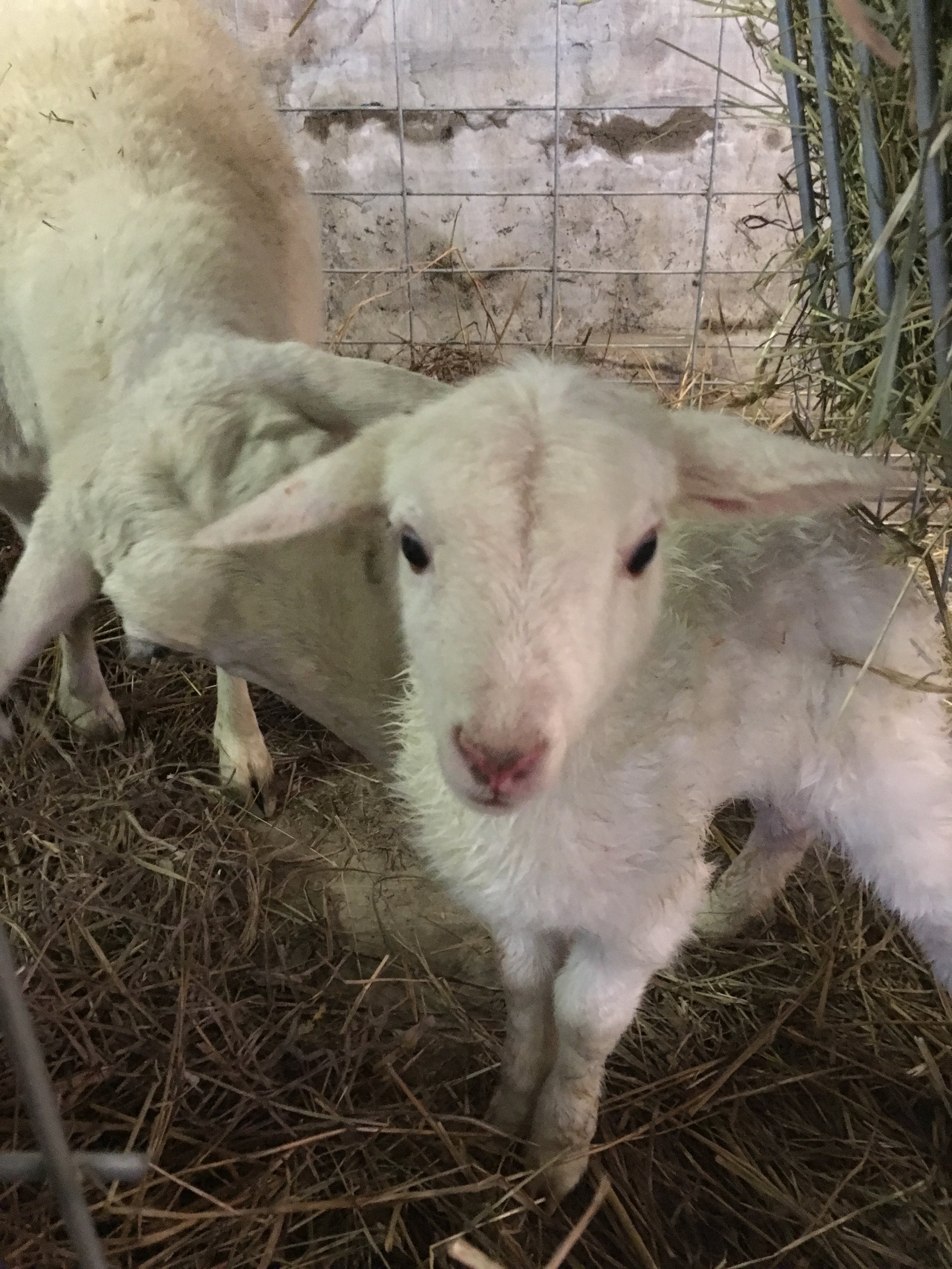I prefer Instagram over other social media platforms because I see more of the accounts I follow and less clutter. The farm account follows local businesses, cooks and small farms like ours. My personal account is filled with wonderful pictures of dear friends and family. I love scrolling through images to track progress on projects and to catch the details that the poster may not think to mention. Our small place has few permanent structures so seeing how other farms manage their systems is very helpful. Following hashtags has expanded the list of like-minded small farms and local businesses I follow. The relatively small number of ads that I scroll through are a small price to “pay” for the pleasure of my own virtual small farm picture book. I don’t follow celebrities, but if I did, I might create a third account to cut down on clutter in my farm and personal accounts.
I believe that pictures of the farm are the best way to share Lilac Hill. When I need to explain how or why we do something and an image is not enough, the farm blog gives me plenty of room to develop my ideas.
As we go forward, I will focus more of my social media efforts on the farm’s Instagram page. I hope you will check out lilachillfarm on Instagram.




























